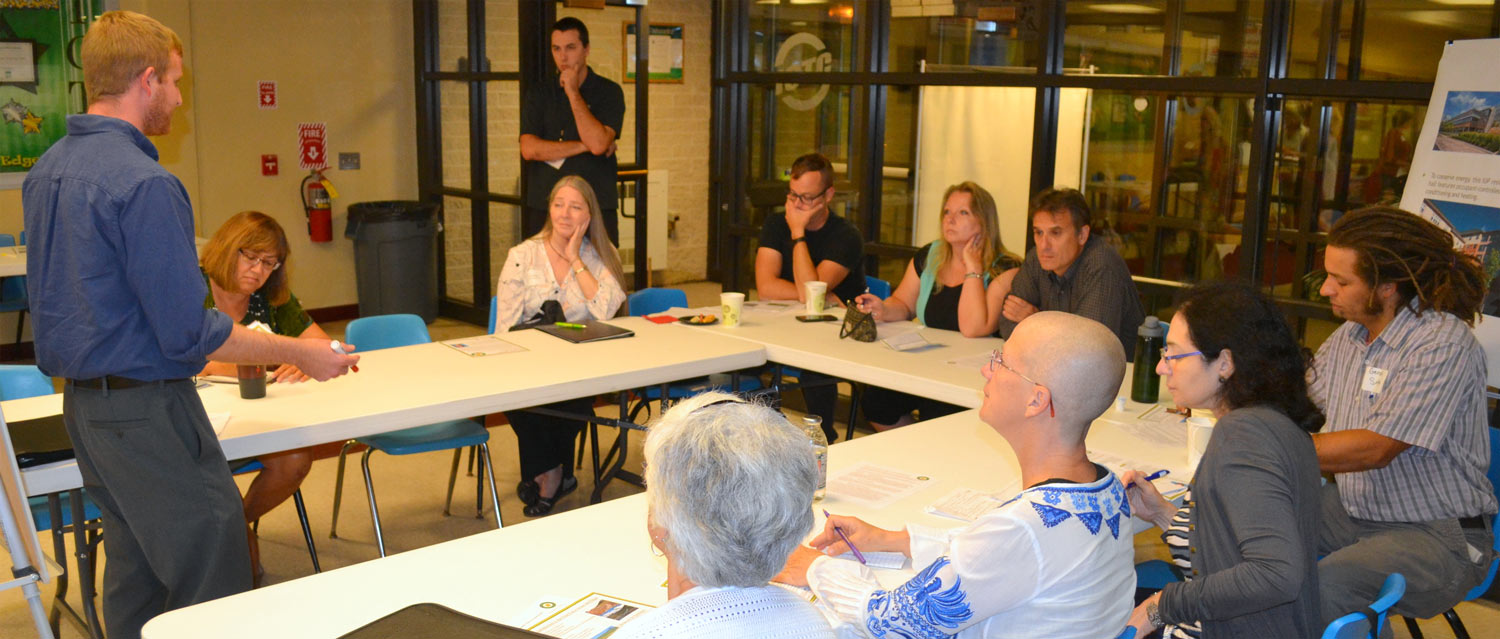Sustainable Building Construction
Sustainable building construction is a comprehensive movement in architectural and building circles aimed at creating structures that are occupant and environment friendly that focuses on increasing the efficiency of resource use — energy, water, and materials and employs techniques to minimize adverse environmental impacts and reduce the energy consumption of a building while reducing building impacts on human health and the environment during the building's lifecycle, through better siting, design, construction, operation, maintenance, and removal. Green building (also known as green construction or sustainable building) refers to both a structure and the application of processes that are environmentally responsible and resource-efficient throughout a building's life-cycle: from planning to design, construction, operation, maintenance, renovation, and demolition. The Green Building practice expands and complements the classical building design concerns of economy, utility, durability, comfort, sustainability, energy efficiency and healthfulness. A green building is designed to be ecologically correct by using resources efficiently, using internal recycling, renewable energy sources, recyclable or biodegradable construction materials, and blending in with the local environment, particularly in out-of-town locations.

